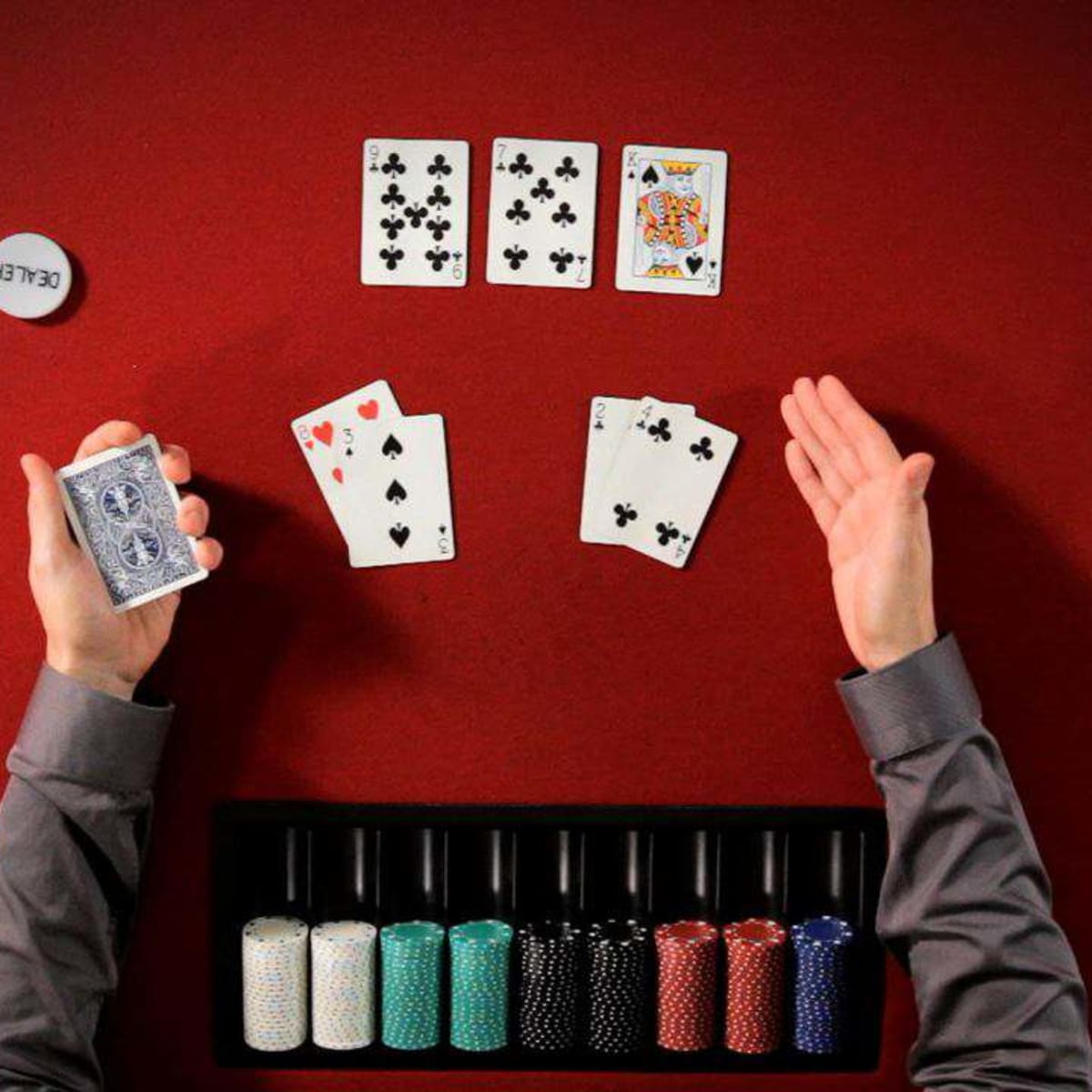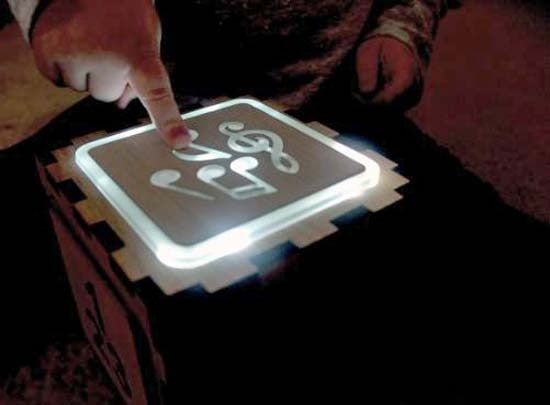
Passive definition, not reacting visibly to something that might be expected to produce manifestations of an emotion or feeling. Passive tense exercises and grammar games: Use this program and exercises to practice the passive tense. These are vocabulary activities and students can practice spelling the past participle of 12 different verbs, some regular past participles and irregular past participles as well. A passive child could use a dress rehearsal before scheduling your next toddler playdate. So be his leading lady and act out a scene in which he needs to stand up for himself. Try taking your child’s blankie away and telling him, “If you want your blankie, say, ‘Please give it back.’”. Passive play is most ideal when you are in a position to accumulate a lot of chips without putting yourself in a lot of danger. As a general rule of thumb, with turbos and other similar structures being an exception, the early stages of a tournament will call for the most passive play.

Passive Play Examples
Thought for the day, from a workshop based on the principles of RIE (Resources for Infant Educarers.): the more active the toy, the more passive the child.
An active toy that does somethingentertains – all a child needs to do is press a button and sit back and watch passively. A passive toy that doesn’t do anythingengages – a child needs to be active to enjoy it.

Or as Magda Gerber says about her recommended play objects – all passive toys: What do [they] have in common? None do anything. They will only respond when the infant activates them. In other words our active infant manipulates passive objects. In contrast, entertaining kinds of toys, such as mobiles or later on, windup toys, cause a passive infant to watch an active toy. This trains the child to expect to be amused and entertained, and sets the scene for later TV watching.
Active Toys
Active toys also include: LeapPads, stuffed animals or dolls where when you squeeze their hands they sing a song… most things with batteries.
The ultimate in active toys is a touch screen device – I-Phone, tablet, etc. I’ve written before on the benefits and downsides of screen time, but the truly amazing things about these devices is their pacifying effect. My son can do an amazing transformation from Squirmy Whiny Disturbing-the-whole-restaurant Boy to Silent Child in less time than it would take to duck into a phone booth – all I need to do is hand him my Kindle or phone. And in moments he’s thoroughly entertained by a video or app. (Here’s thoughts on how to choose well-designed age appropriate materials.)
But, I think the corollary to the statement of “the more active the toy the more passive the child” should be something like: “the more effectively a toy pacifies the child, the more actively they will protest when you try to take it away.” Silent Child turns into Wild Screaming Misery Lad when I then try to take the Kindle away, or when, god forbid, the battery dies in a public place.

I do still use active toys (including the Kindle) at times, but I also try to balance them with a lot of “passive” toys – a lot of open-ended toys that encourage exploration and engagement. And I try to give him time – plenty of uninterrupted time – to explore them.
Some fabulous open-ended materials for toddlers and preschoolers:
Magda Gerber recommends (in The Best Toys for Babies Don’t Do Anything): balls, scarves, plastic bottle, containers (cups, bowls, baskets in many sizes and shapes). Or check out Geek Dad’s list: sticks, boxes, string, cardboard tubes, and dirt. And, of course, my favorite open-ended toy: nature.
Read more about open-ended toys: Here are a couple posts from Mamas in the Making, which are about toys for the 3 – 6 month old crowd, but most of their thoughts apply through the toddler years: Our Thoughts on Open-Ended Toys and Age Appropriate Toys. Check out this video, or many of the videos on Janet Lansbury’s YouTube channel for examples of babies at play with simple open-ended items.
Have enough toys… but not too many…

Passive Play In Parks
It’s easy to get excited about open-ended toys. Don’t go overboard though, filling the house or classroom with stuff…
Both at home and at work, I want to be sure there aren’t too many options for kids to explore. It’s great for kids to have some choices, but too many choices are stressful and overwhelming. When faced with too many choices, instead of engaging with one, kids may run from one to the next, never settling. Or, as someone said at my in-service yesterday: “If your child spends their playtime dumping all the toys out of the bucket, that means there’s too many toys in the bucket. Put at least half of them away for now, and the child will play more with what’s left.” Often, less is more. When we give kids the chance to really engage and explore open-ended toys, it’s amazing what they can come up with.
Passive Play In Handball
Just for fun: Check out this blog post on Being the Cool Kids on the Block, which talks about saying yes to your kids’ play ideas (within reasonable limits) and open-ended materials.
photo credit: ianus via photopincc
photo credit: peterme via photopin